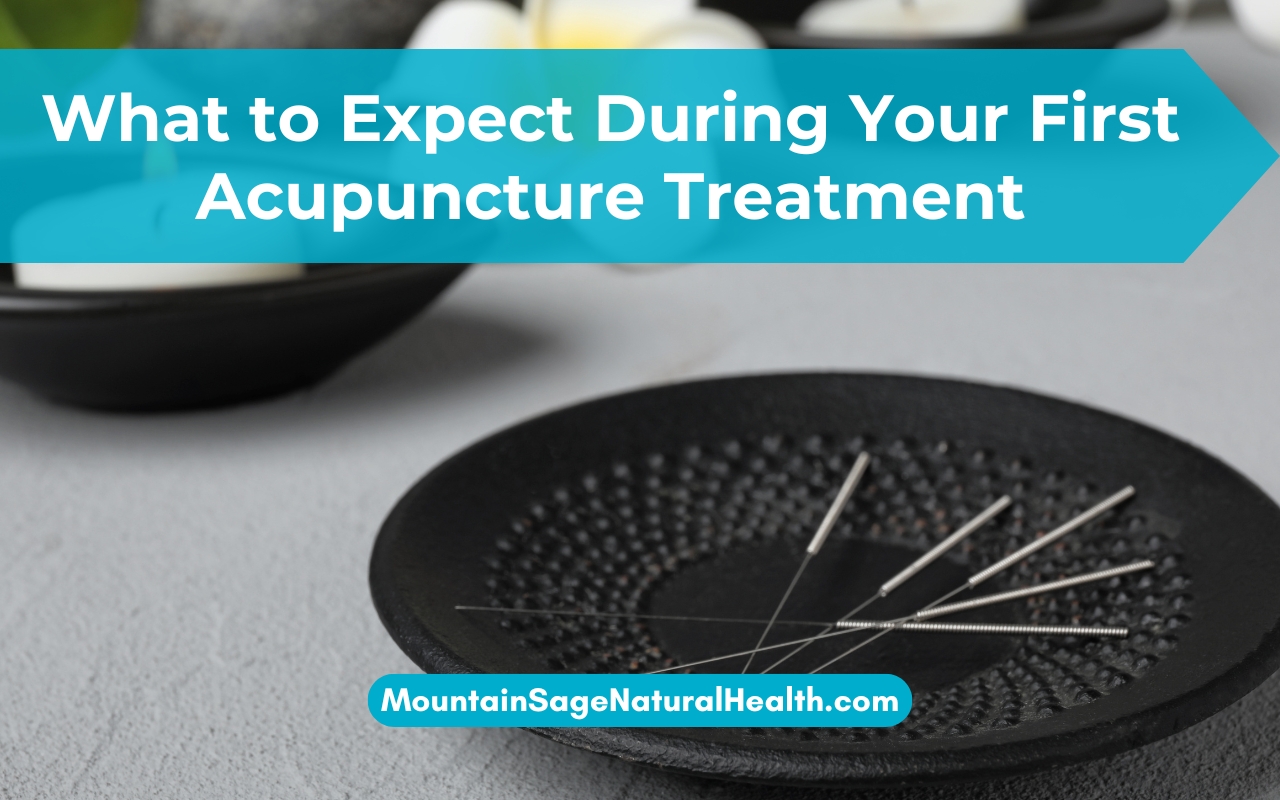
Acupuncture is an ancient healing practice that has gained popularity worldwide. Many people are curious about how it works, what it feels like, and what to expect during their first session. If you’re considering an acupuncture treatment, understanding the process can help ease any anxiety you may have and enhance your overall experience. This comprehensive guide will take you through everything from the initial consultation to the aftercare, ensuring you're well-prepared for this unique therapeutic journey.
The first step in your acupuncture experience is the initial consultation. During this session, you will meet with your acupuncturist to discuss your health history and any current concerns you may have. This assessment is crucial in creating a personalized treatment plan tailored to your individual needs. Expect your practitioner to ask a wide array of questions regarding your medical history, lifestyle, and symptoms. It may feel invasive at times, but this thorough inquiry allows the acupuncturist to understand your body’s balance of energy, or Qi.
Your acupuncturist will likely inquire about your sleep patterns, stress levels, diet, and any medications or supplements you are taking. They may also examine your tongue, take your pulse, and assess your overall energy levels. These traditional diagnostic tools help the acupuncturist determine the best acupuncture points to use for your treatment. This personalized approach is one of the advantages of acupuncture, as it considers the whole person rather than merely treating isolated symptoms.
Once your evaluation is complete, your practitioner will guide you to a treatment area where you can relax on a comfortable treatment table. Many practitioners create a welcoming environment, using soothing music and soft lighting to help calm your nerves. You will be instructed to lie down, either face up or face down, depending on the areas being treated. It’s essential to communicate openly with your acupuncturist about your comfort and any specific areas of concern prior to beginning the treatment.
When the treatment starts, your acupuncturist will gently insert thin, sterile needles at specific points on your body. These needles are made from high-quality stainless steel and are much thinner than traditional hypodermic needles, which means they typically cause little to no pain upon insertion. Most patients report feeling only a mild pinch or slight tingling sensation, often described as a unique form of relaxation. Once the needles are in place, you may feel a sense of heaviness or warmth, which is a good sign that your body is responding to the treatment.
The duration of a typical acupuncture session ranges from 20 to 60 minutes. During this time, the needles will remain in place, allowing you to enter a deep state of relaxation. This quiet time offers an excellent opportunity for meditation or even a short nap. Your practitioner may return occasionally to check on your comfort level, make adjustments to the needles, or apply heat or electrical stimulation to enhance the treatment's effectiveness.
Once the treatment concludes, your acupuncturist will carefully remove the needles. This process is generally painless, and you might be surprised at how revitalized you feel afterward. Some physicians may suggest additional therapies, such as cupping or moxibustion, to further enhance your healing experience. These therapies complement acupuncture by promoting better circulation and relieving muscle tension.
After your session, it’s crucial to take some time for self-care to maximize the benefits of your treatment. Drink plenty of water, and allow your body to rest. Engaging in heavy physical activity immediately after your session may not be conducive to your healing, so it's best to take it easy for the remainder of the day. Many people find that they feel more relaxed and centered after their treatment, which can contribute to an improved sense of overall well-being.
Acupuncture is often part of a holistic approach to health, incorporating dietary recommendations, exercises, and relaxation techniques that your acupuncturist may suggest. These self-care recommendations are designed to support your ongoing wellness and help you achieve your health goals. Being proactive about your health and adopting these suggestions can significantly enhance your healing process.
In preparing for your first acupuncture appointment, consider wearing loose, comfortable clothing to ensure easy access to the areas that will be treated. Avoid scheduling your session on an empty stomach; having a light snack beforehand can help maintain your energy levels during treatment. Likewise, staying well-hydrated is essential, so consider bringing a bottle of water with you for after the session.
It’s also a good idea to arrive at your appointment with an open mind and a willingness to communicate your needs and concerns with your acupuncturist. This openness will not only help establish a good rapport with your practitioner but will also enable them to provide the best care possible. Acupuncture can be an incredibly effective treatment option for various health concerns, including chronic pain, anxiety, depression, and digestive disorders.
Many individuals report significant improvements in their conditions after just a few sessions, while others may require ongoing treatments to maintain their health. Typically, a treatment plan consists of one to two appointments per week, tapering off as you begin to feel better. You can expect your acupuncturist to continually assess your progress and adjust your treatment plan accordingly. As with any therapeutic process, patience is key; the benefits of acupuncture are often cumulative.
In conclusion, your first acupuncture experience is an opportunity to explore a holistic approach to health and wellness. Understanding what to expect can alleviate concerns and allow you to embrace the process fully. By taking the time to prepare for your session and following through with the self-care recommendations provided by your acupuncturist, you can maximize the benefits of acupuncture and move toward a healthier, more balanced life. If you are ready to experience the positive impacts of acupuncture, don’t hesitate to schedule your first appointment and embark on this healing journey.
For additional insights and further reading on acupuncture and its benefits, you might find these resources helpful: